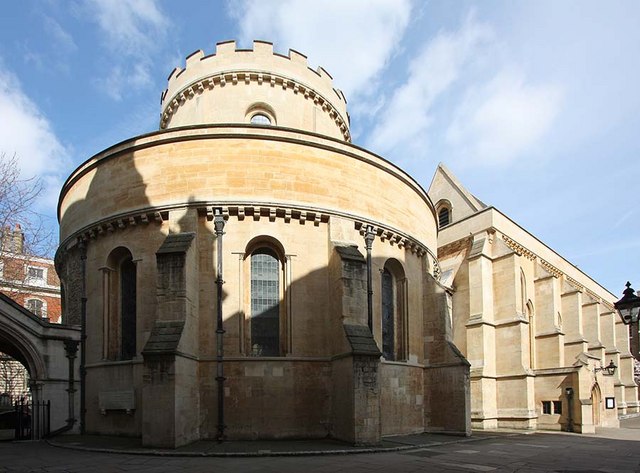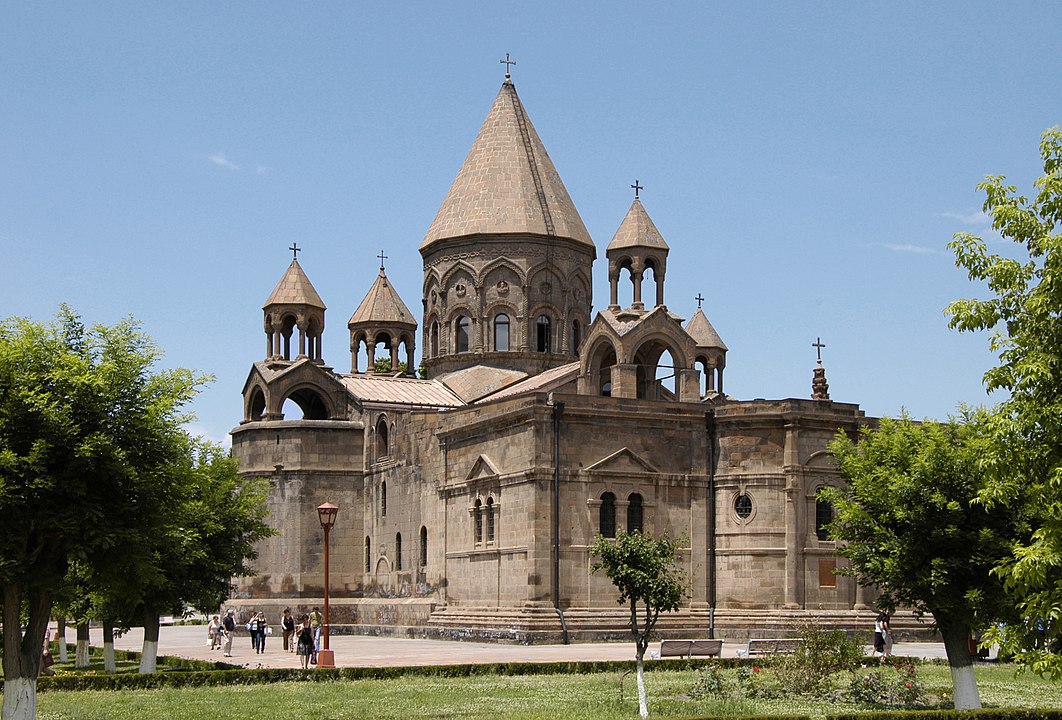
Etchmiadzin Cathedral
Armenia
The development of church architecture, especially in the context of cathedrals and great churches, is a fascinating journey that reflects broader historical, cultural, and theological shifts. Here’s an overview of how church architecture evolved from early Christian times through the development of complex cathedral structures:
-
Early Christian Meeting Places
- House Churches: Early Christians initially met in private homes known as “house churches.” These were simple, domestic spaces adapted for worship.
- Atrium: As the Christian community grew, larger spaces were needed. The atrium, an open courtyard typically in front of the church building, was used for gatherings and processions. It often contained a fountain used for ritual purifications.
- Basilica: By the 4th century, with Christianity becoming more accepted within the Roman Empire, church buildings began to be more publicly prominent. The basilica, originally a Roman public building type, was adapted for Christian use. Its rectangular plan with a central nave flanked by aisles suited congregational worship and processions. The apse at one end housed the altar and clergy.
- Mausoleum: Some of the earliest Christian churches were built as part of or inspired by Roman mausoleums (structures built as tombs). The centralized, often circular or polygonal plan of mausoleums influenced the design of later church buildings, emphasizing a focused, sacred space.
- Bema: In Eastern Orthodox churches, the bema refers to the sanctuary area or the entire nave and chancel, highlighting the sacred area where the liturgy is performed. It evolved to elevate the clergy and the altar, separating them from the laity, and enhancing the sense of sacred space within the church.
- Transept and Cruciform Plan:** The development of the transept, which crosses the nave at a right angle, helped form the cruciform (cross-shaped) plan of many large churches. This not only added architectural interest but also had symbolic meaning, reflecting the cross of Christianity.
- Cathedrals: As the seat of a bishop, cathedrals became central to Christian life in medieval cities. They were often built to impressive scales using the Gothic architectural style, which developed in the 12th century. Gothic cathedrals are characterized by pointed arches, ribbed vaults, and flying buttresses, allowing for taller structures and larger windows.
- Innovation and Symbolism: The architecture of cathedrals and great churches incorporated vast spaces, intricate light effects through stained glass, and elaborate sculptures that narrated biblical stories and church teachings. These elements were designed to inspire awe and elevate the spiritual experience.
- Renaissance and Baroque Influences: The Renaissance brought a rediscovery of classical principles of symmetry, proportion, and geometry. Churches from this period and the subsequent Baroque era incorporated more elaborate decorations and dramatic use of light and shadow.
- Modern and Contemporary Churches: In modern times, church architecture has seen diverse styles, from the revival of past styles to innovative contemporary designs that reflect modern materials and aesthetics, focusing on community and functionality.
Salisbury Cathedral
Salisbury, England
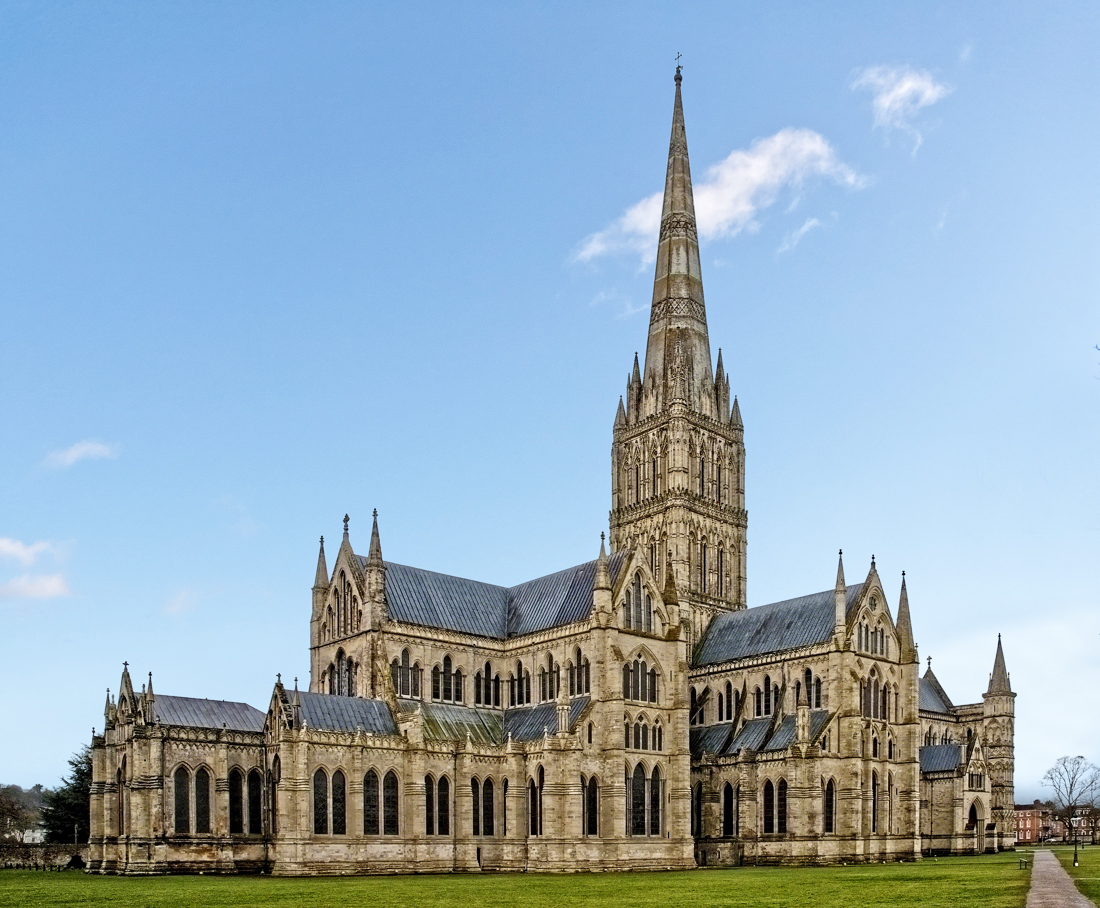
St Basil’s Catheral
Moscow
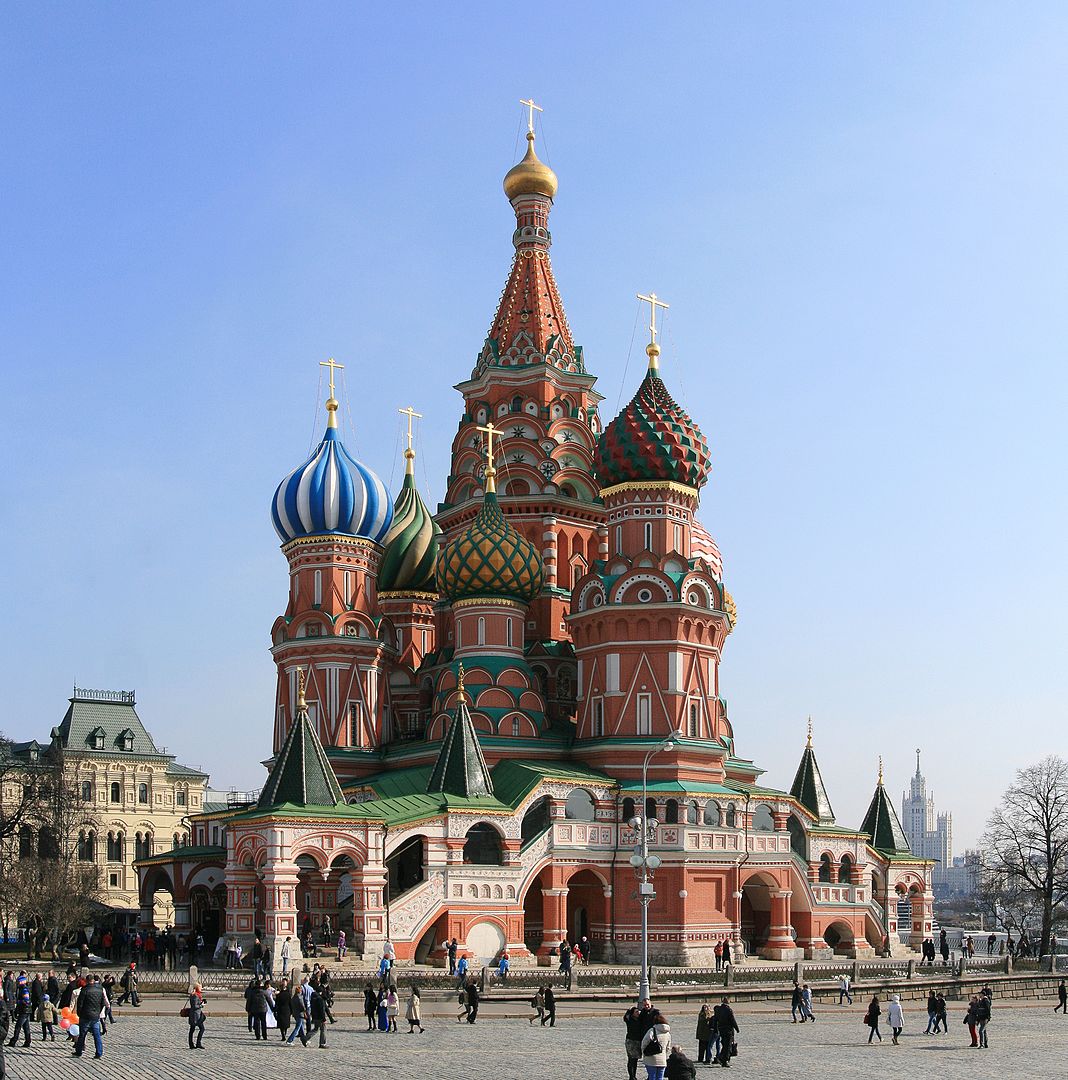
Sagrada Familia
Barcelona, Spain
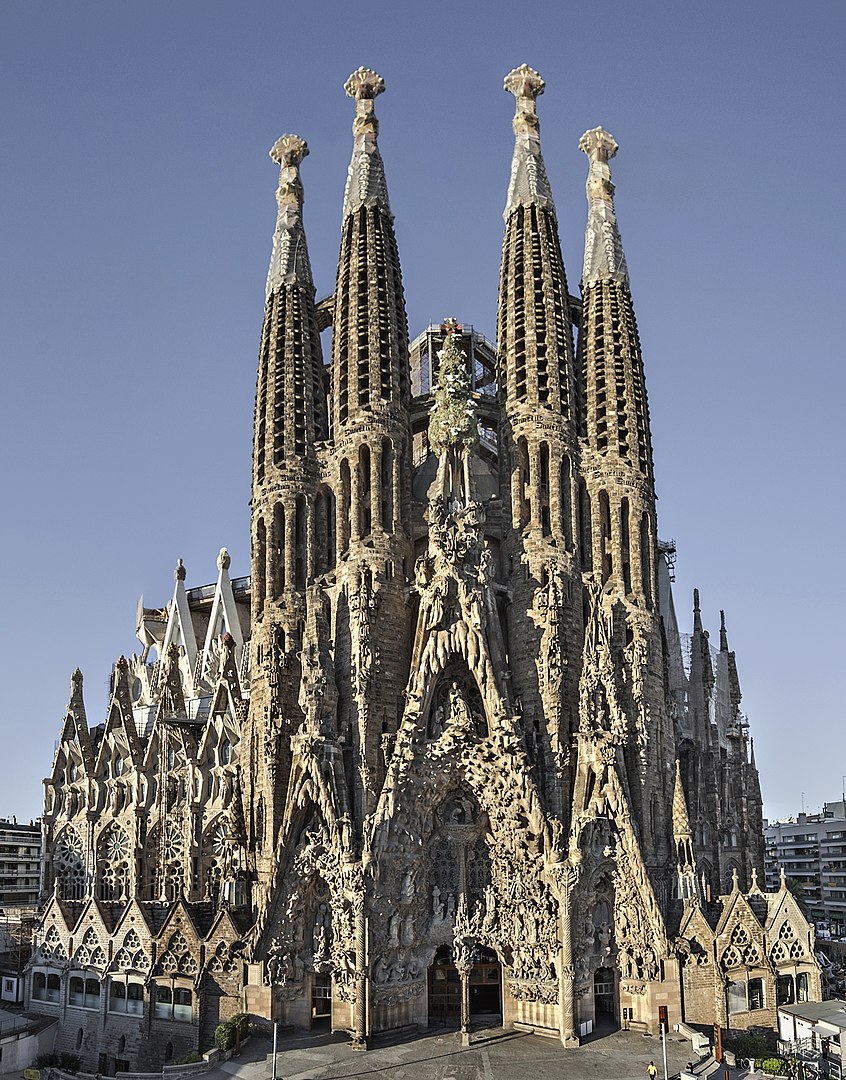
Cathedrals
Cathedral of Cajamarca
Peru
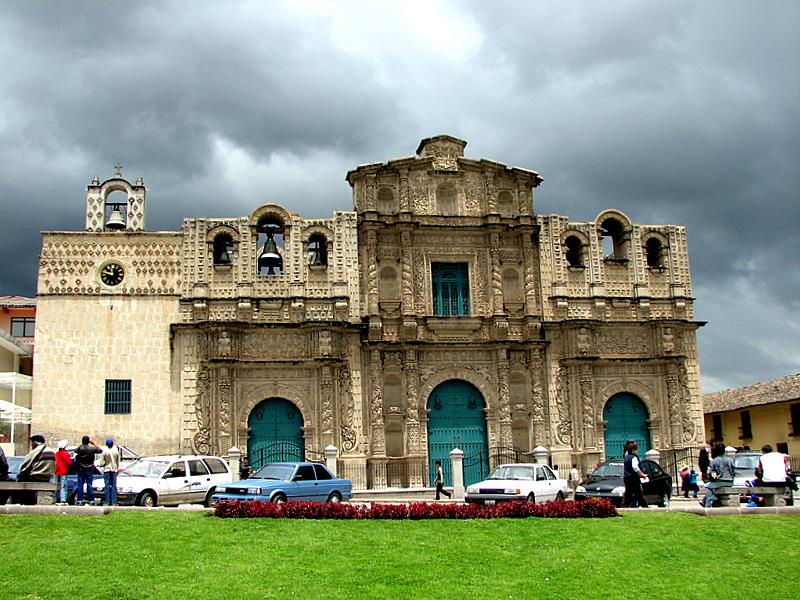
Cathedral of Christ the Saviour
Moscow
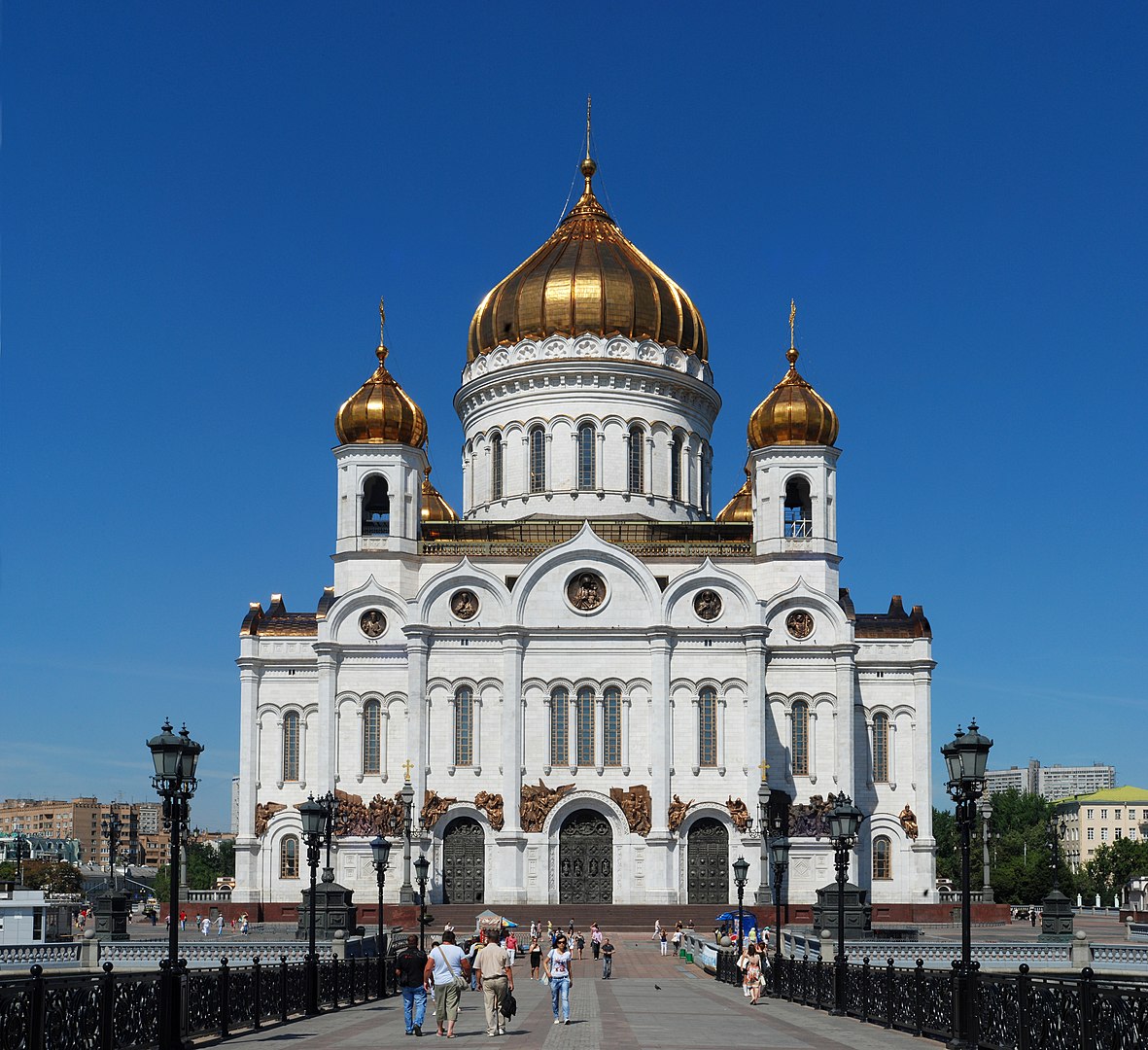
Saint-Stephen Cathedral
Metz, France
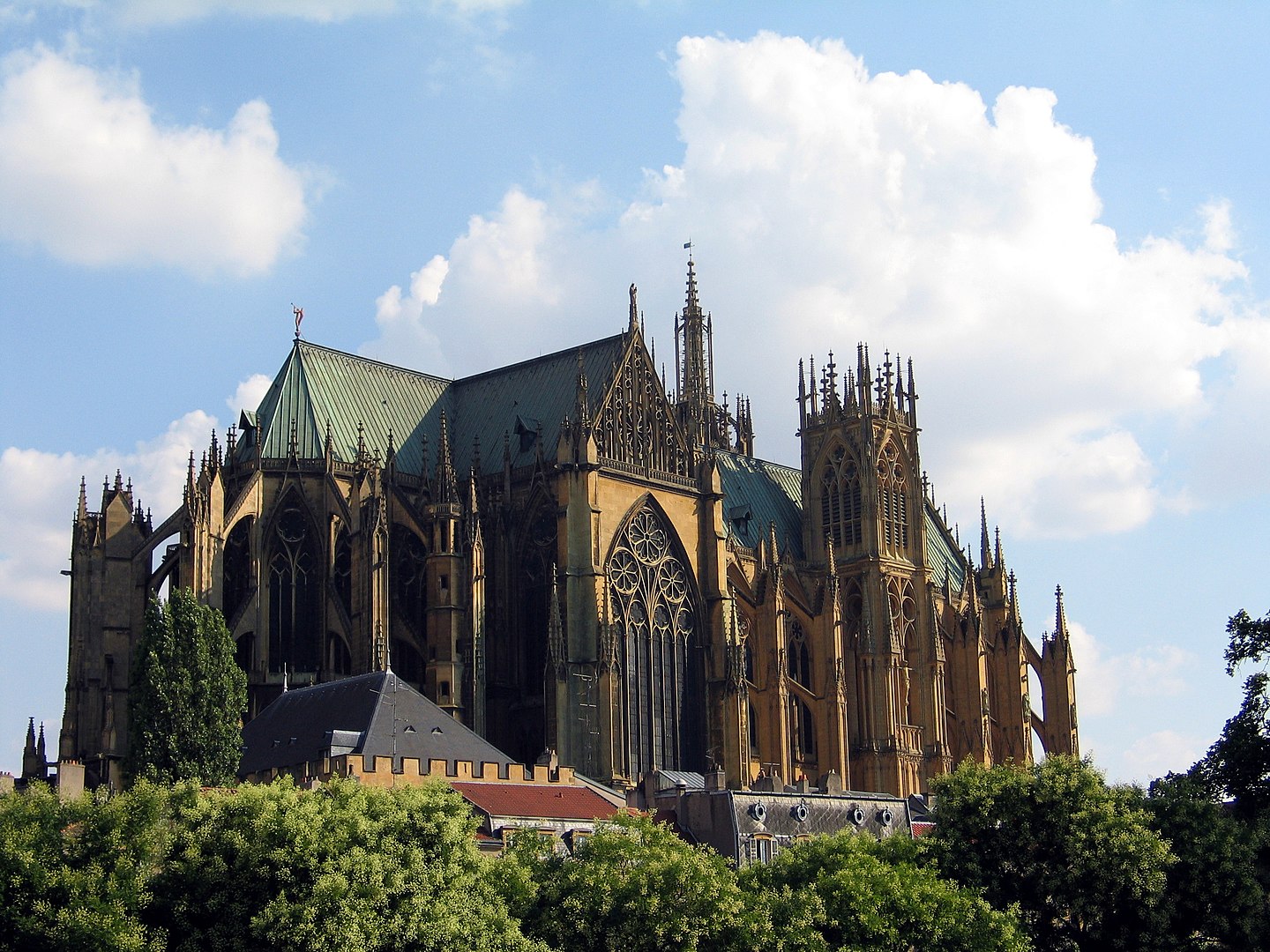
Abbeys
The Romanesque Abbey Church of St Etienne
Nevers, France
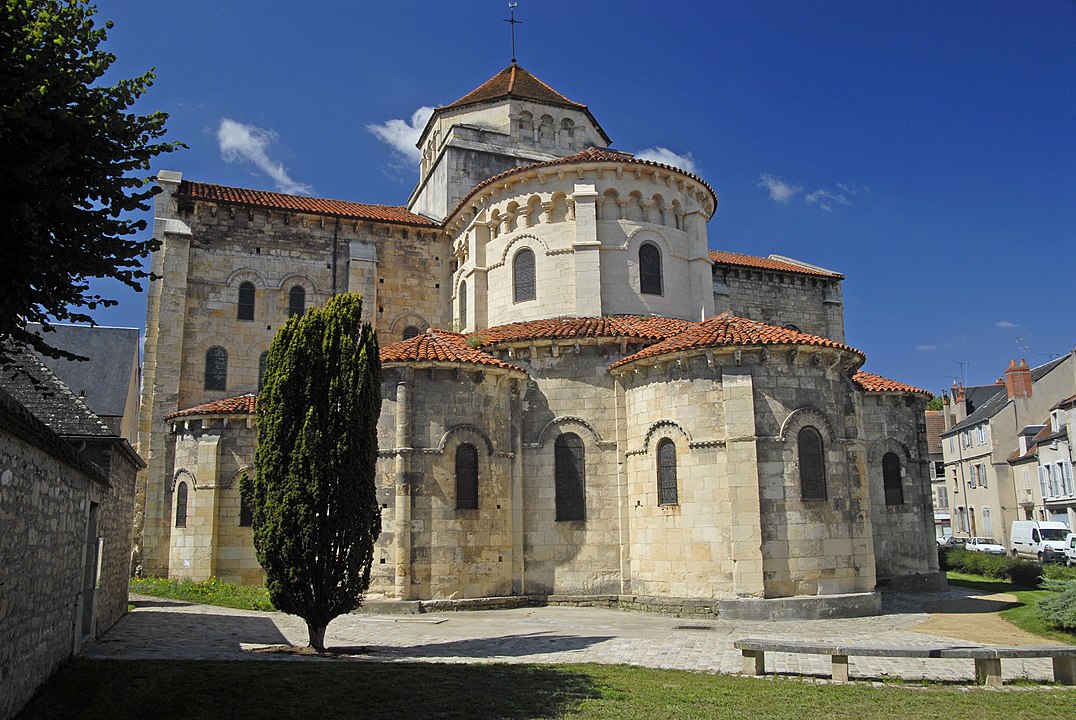
The Gothic Abbey
Church of Batalha Monastery
Portugal
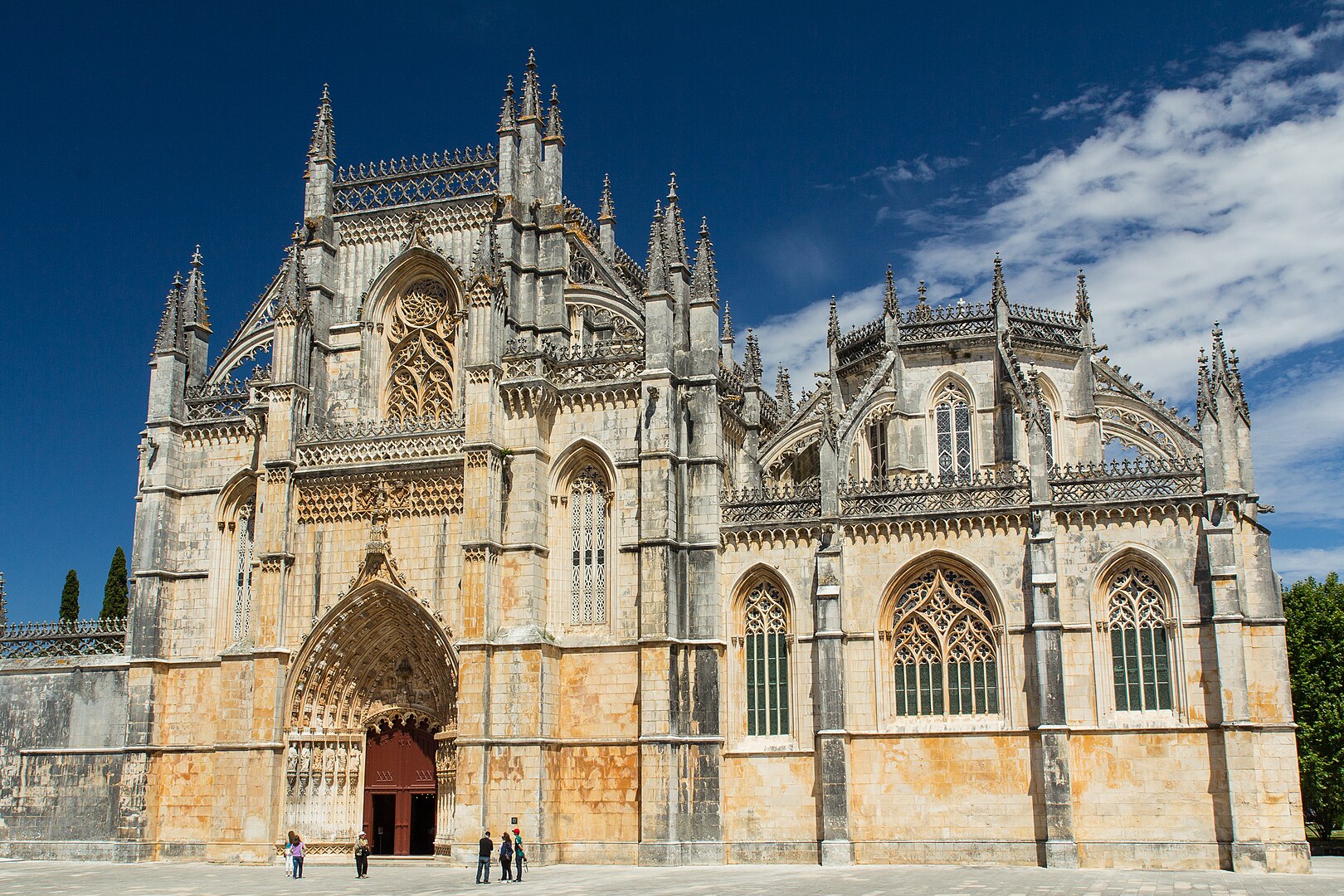
The Baroque
Einsiedein Abbey
Einseidein, Switzerland
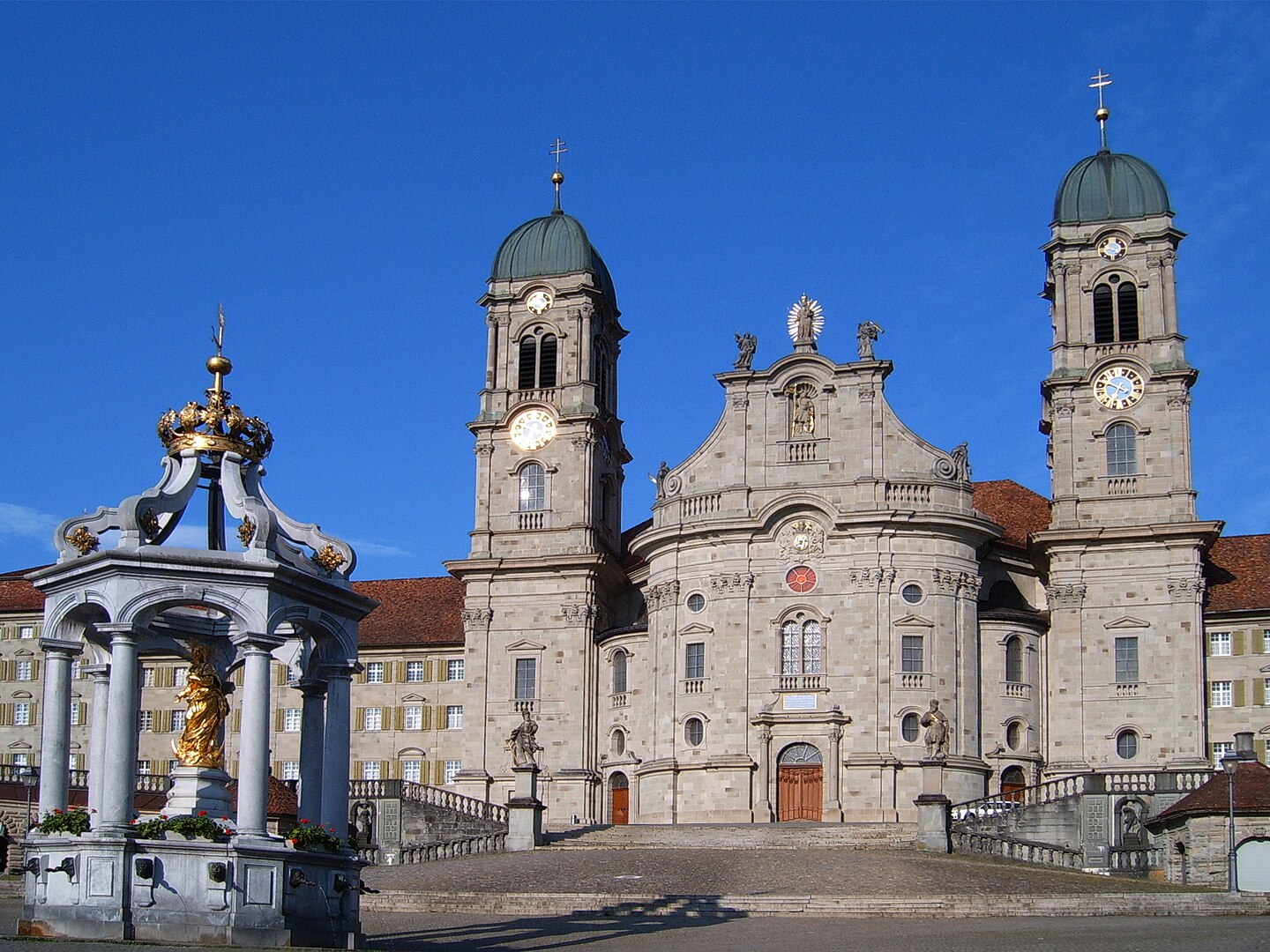
Basilicas
Basilica of Saint Francis of Assisi
Assisi, Italy
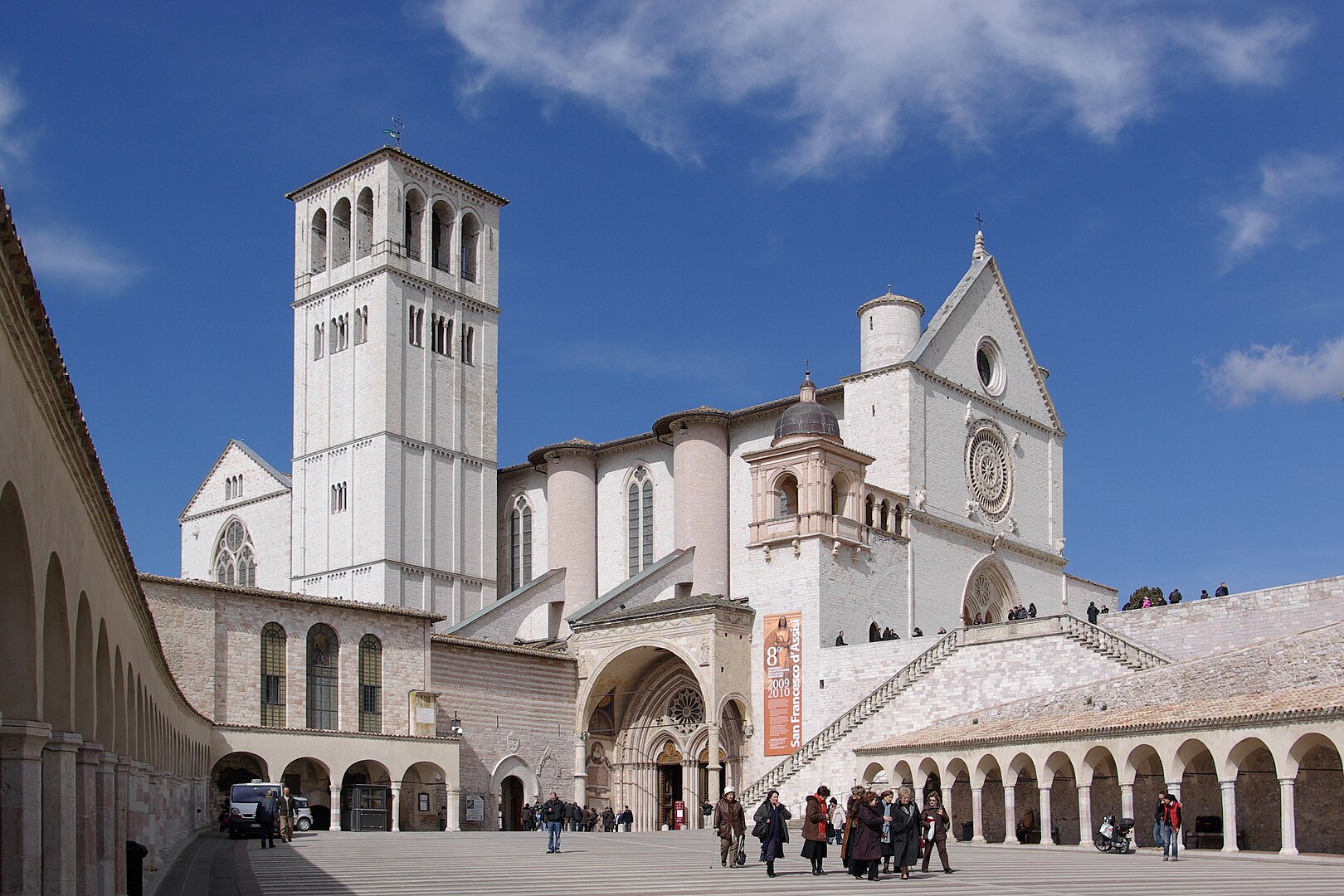
Basilica of St Josaphat Milwaukee
United States
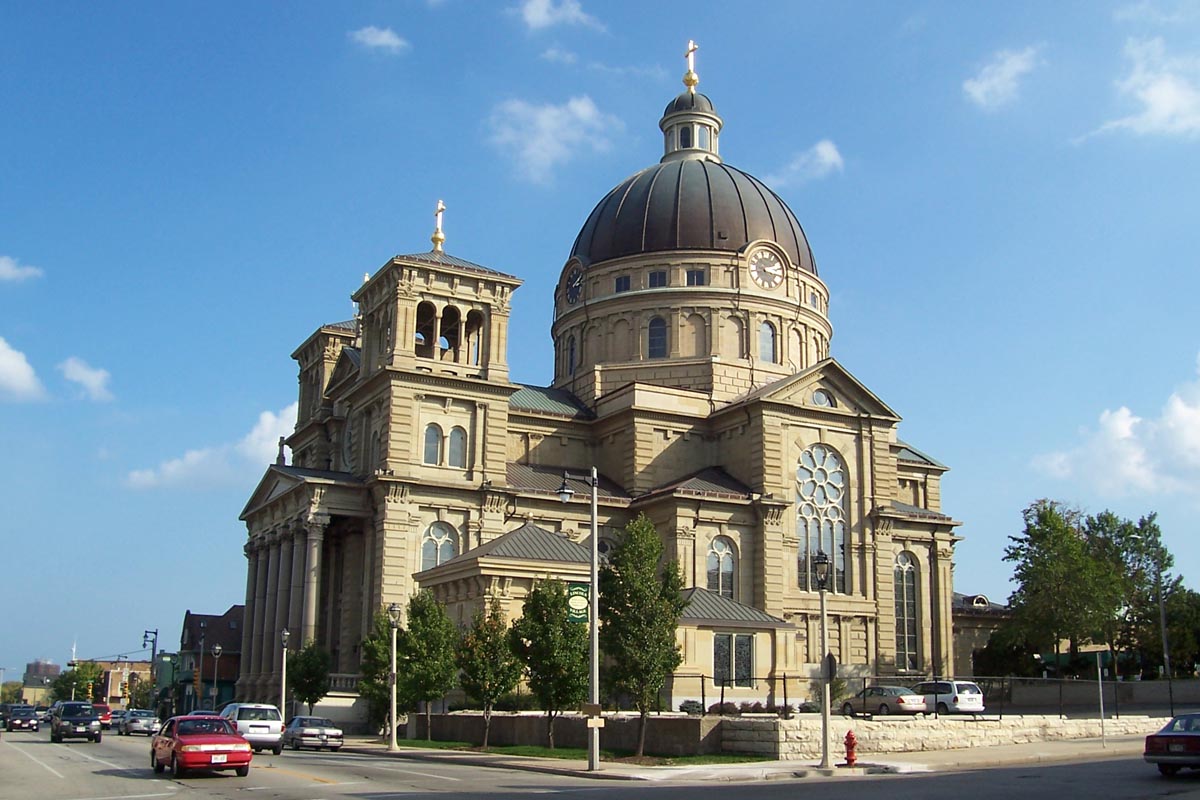
Basilica of St Giles
Bardejov Slovakia
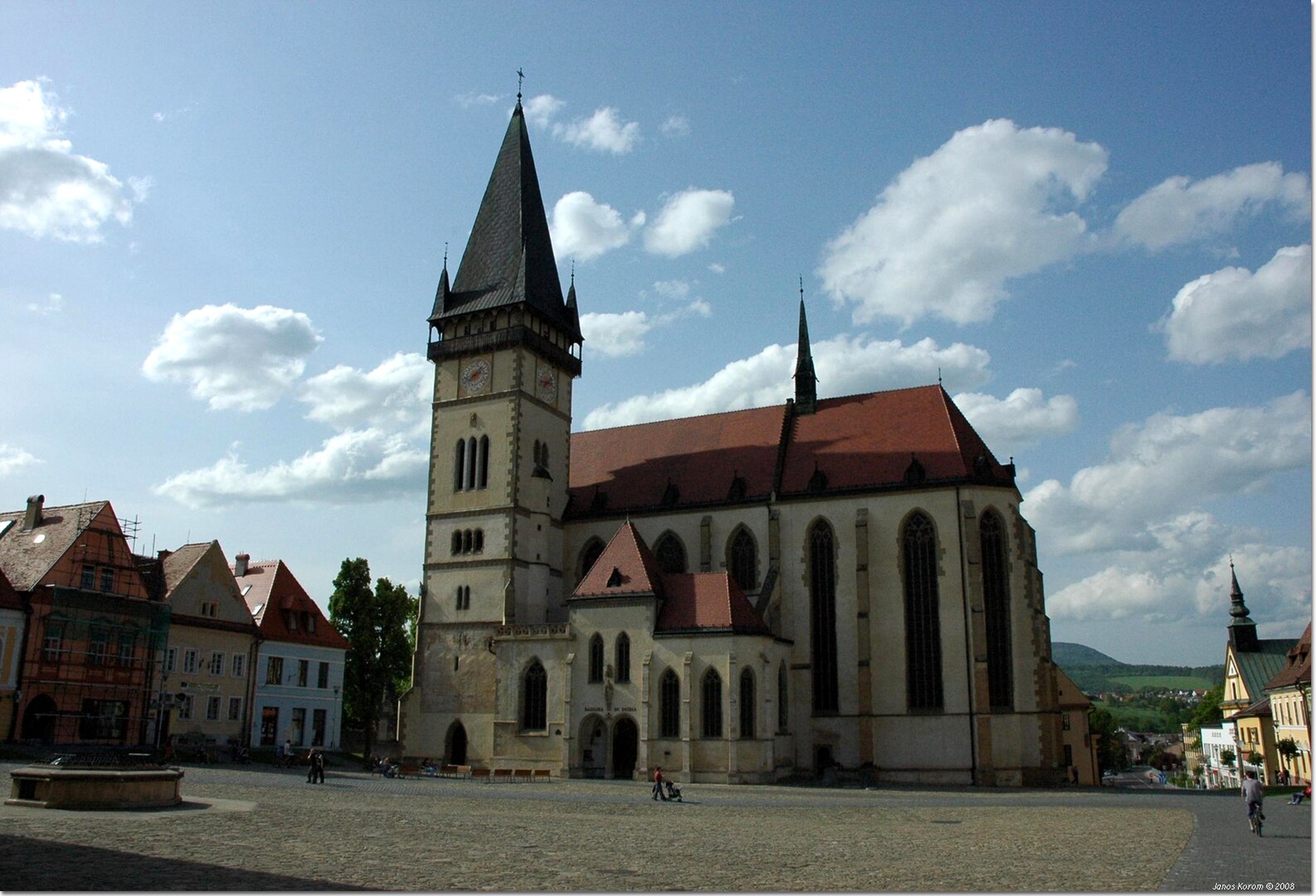
Atriums
The atrium at the Basilica di San Clemente
Rome
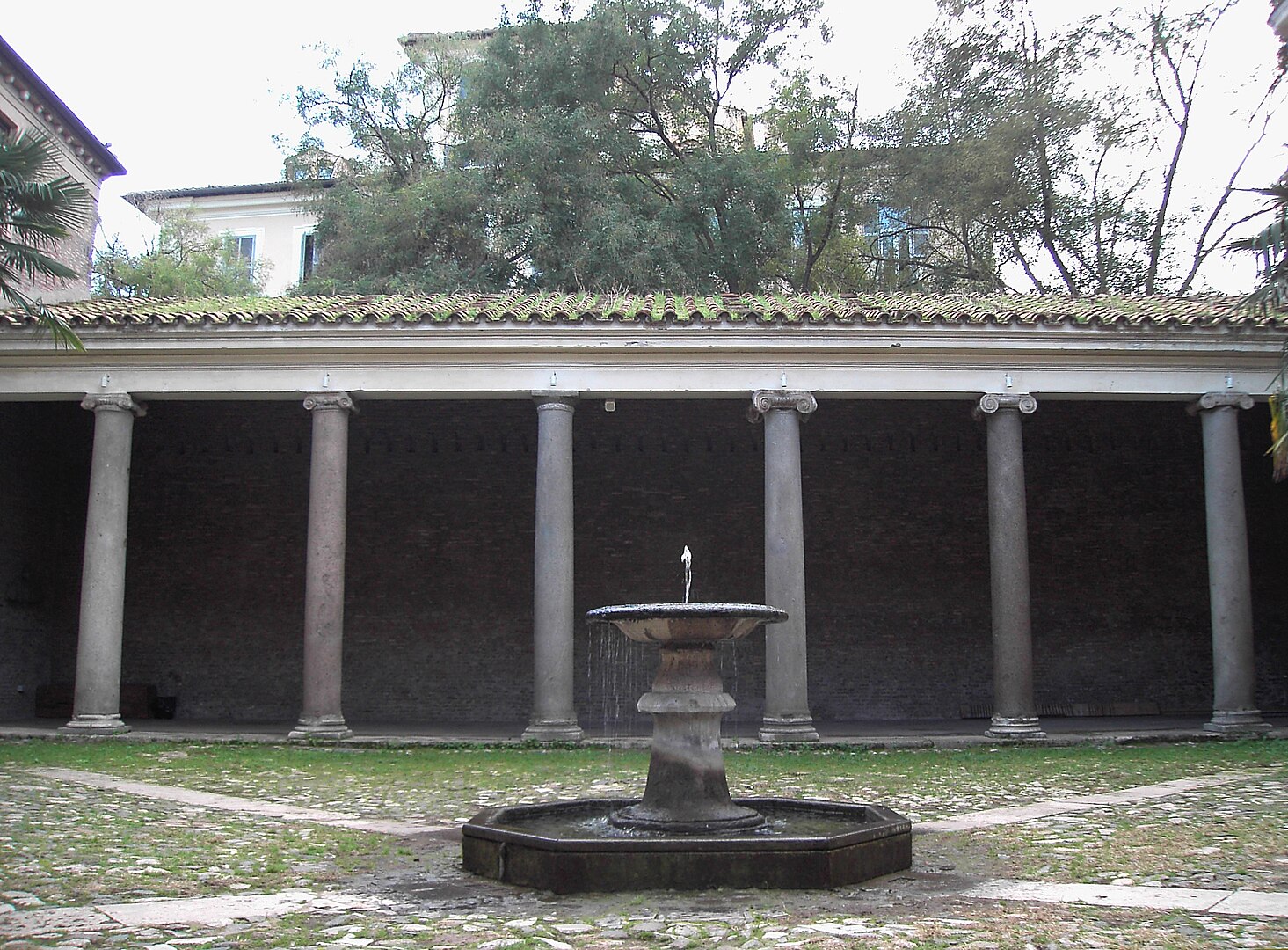
The Romanesque atrium at the
Basilica of Sant’Ambrogio
Milan
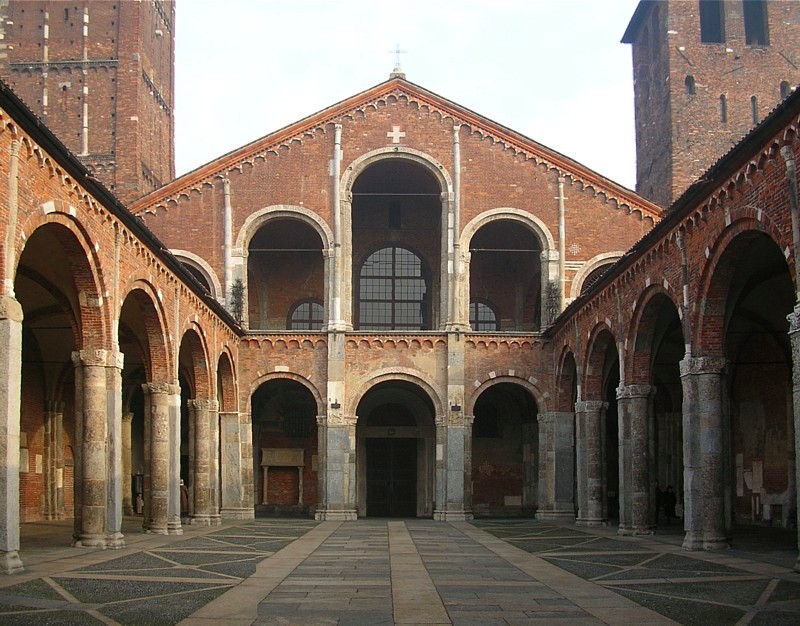
A section of the enormous colonnade around the
piazza of St Peter’s Basilica, Rome
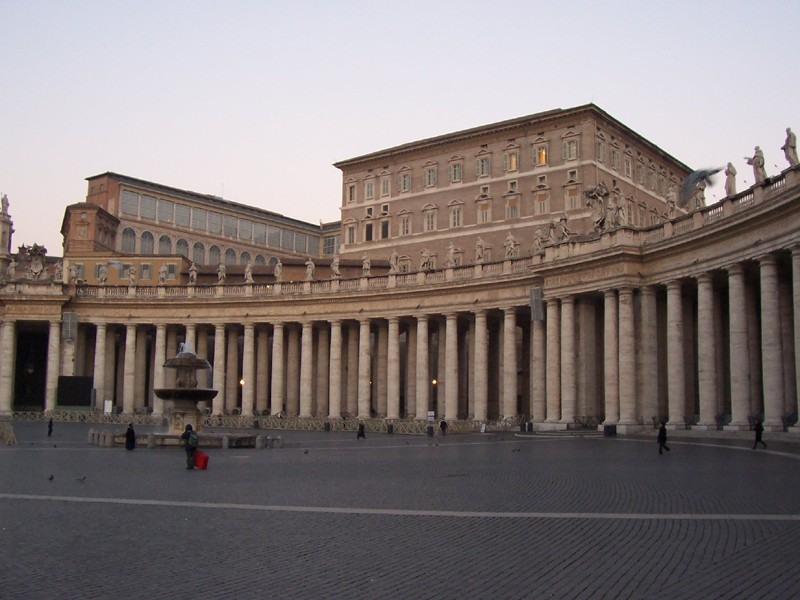
Basilicas
The Ancient Basilica of Sant’Apolinare
Classe, Ravenna, Italy
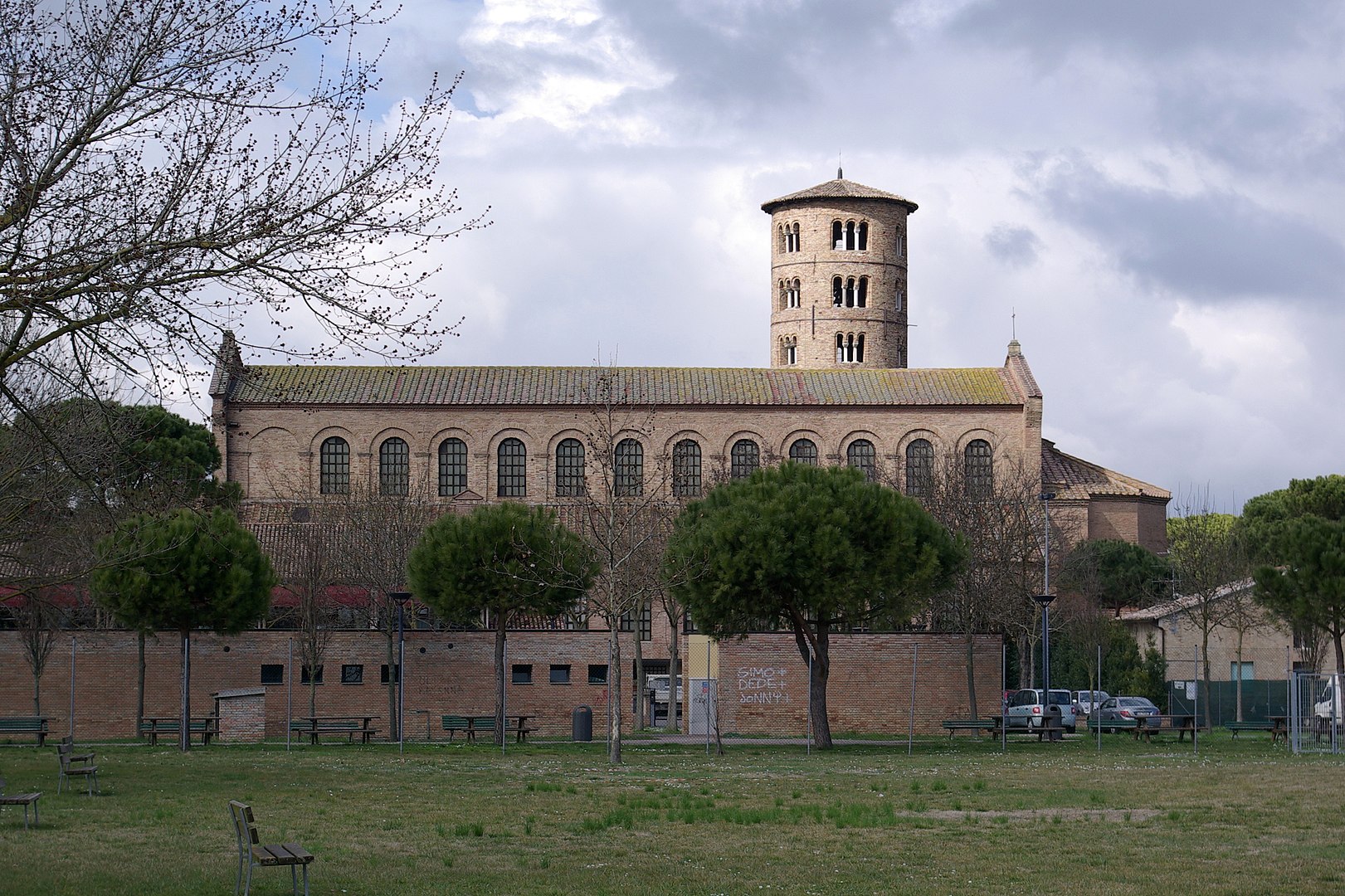
The Interior of
San’Apolinare
Classe
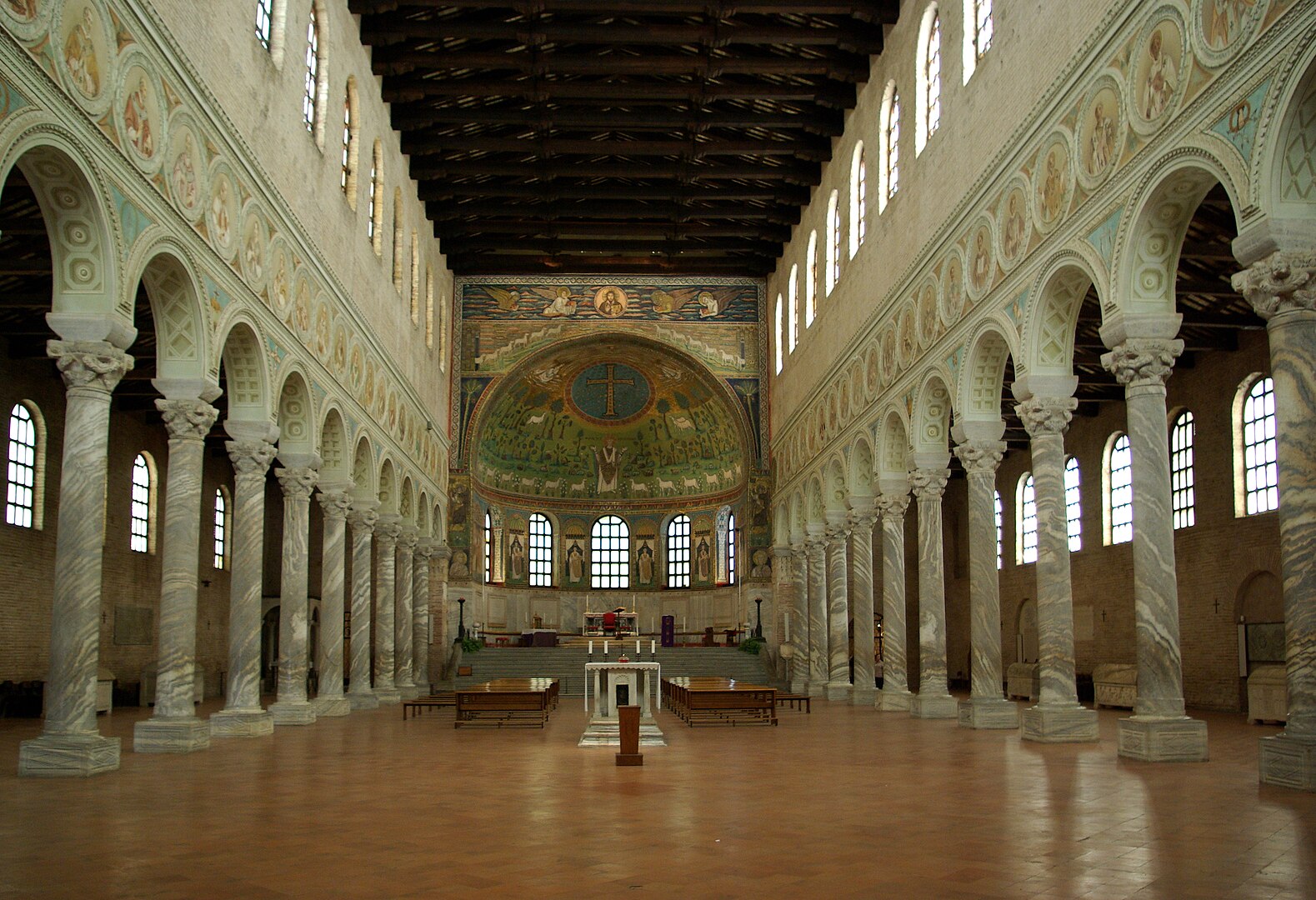
The bema of the Basilica of
Saint Paul Outside the Walls, Rome
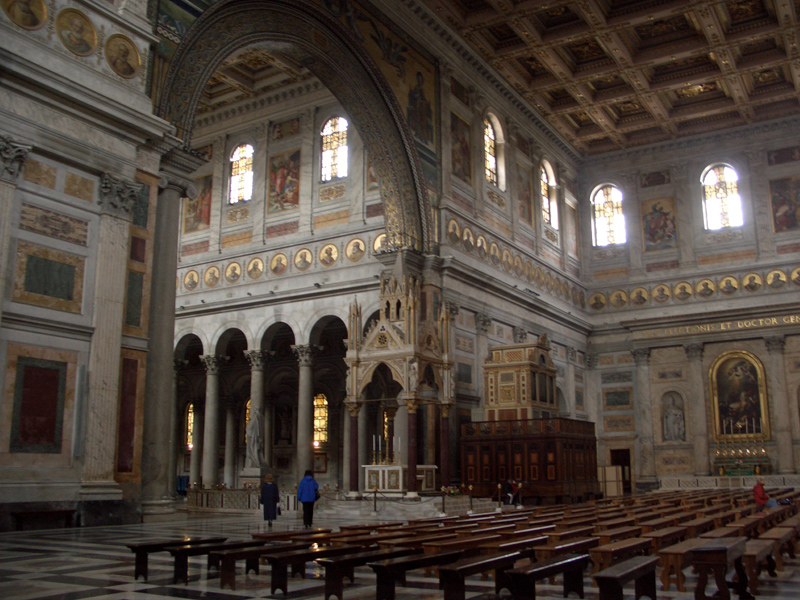
The nave of Basilica of Saint Sofia
Sofia
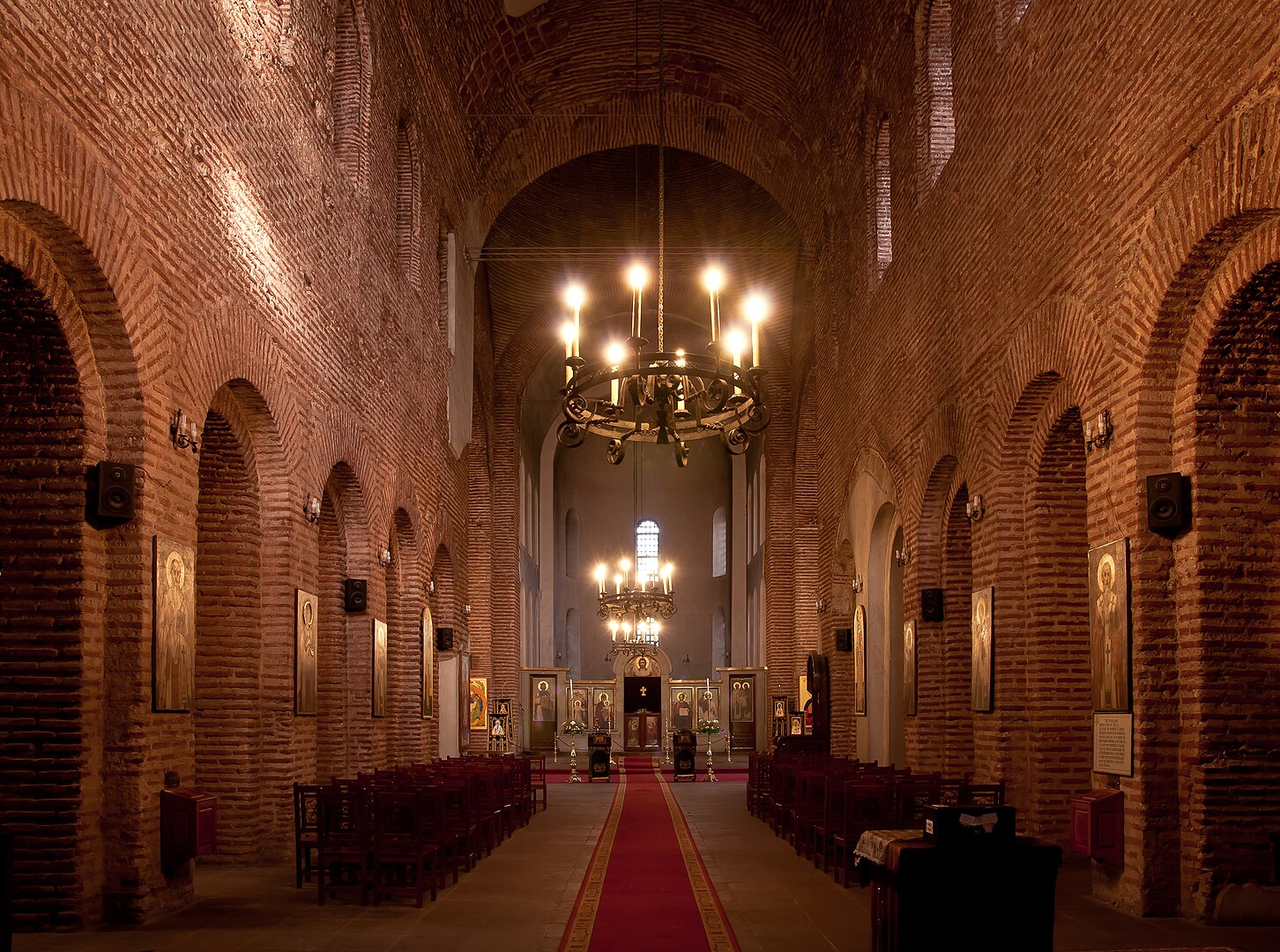
Mausoleum
Circular Churches
The Mausoleum of Santa Costanza
Rome
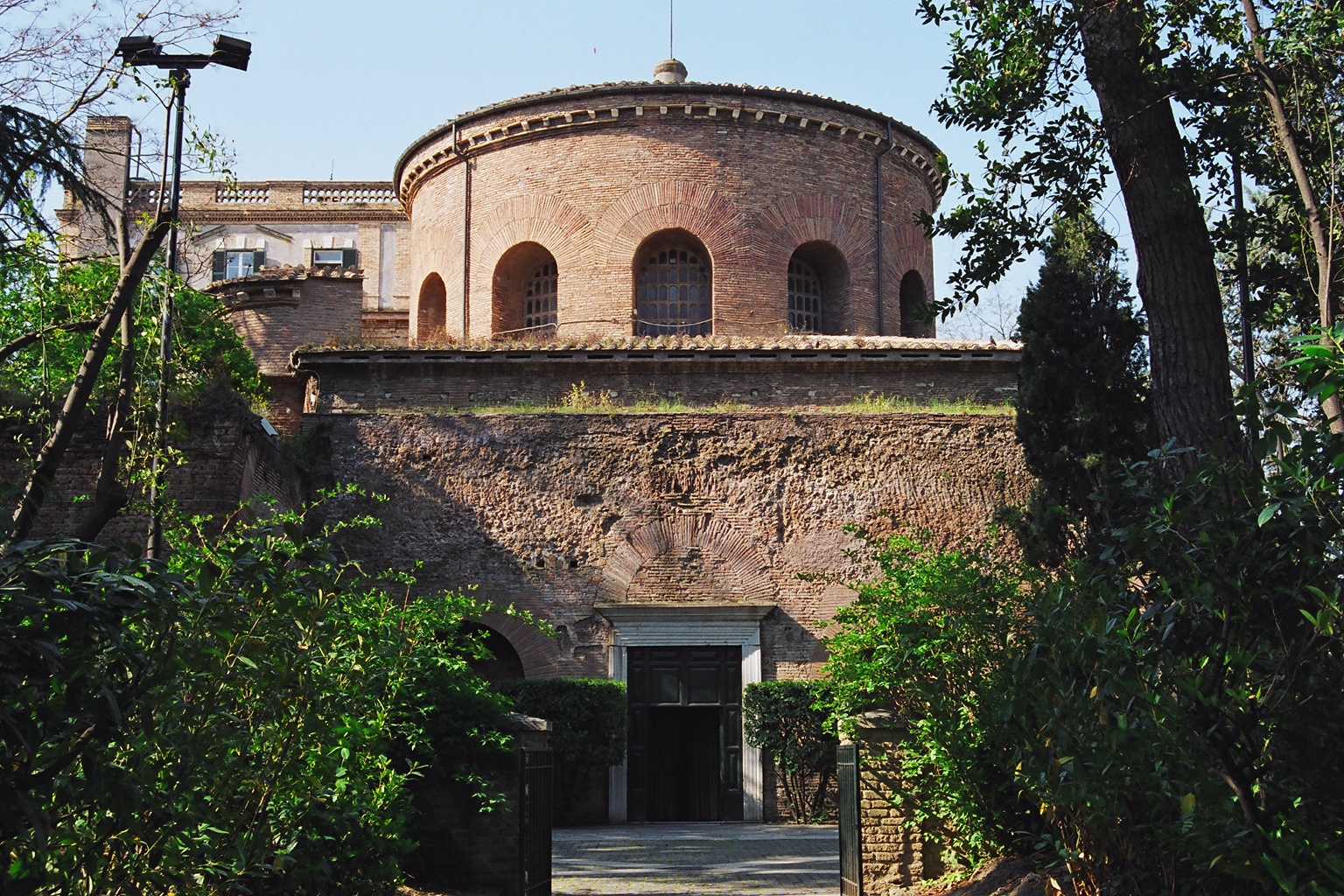
Church of Saint George
Sofia
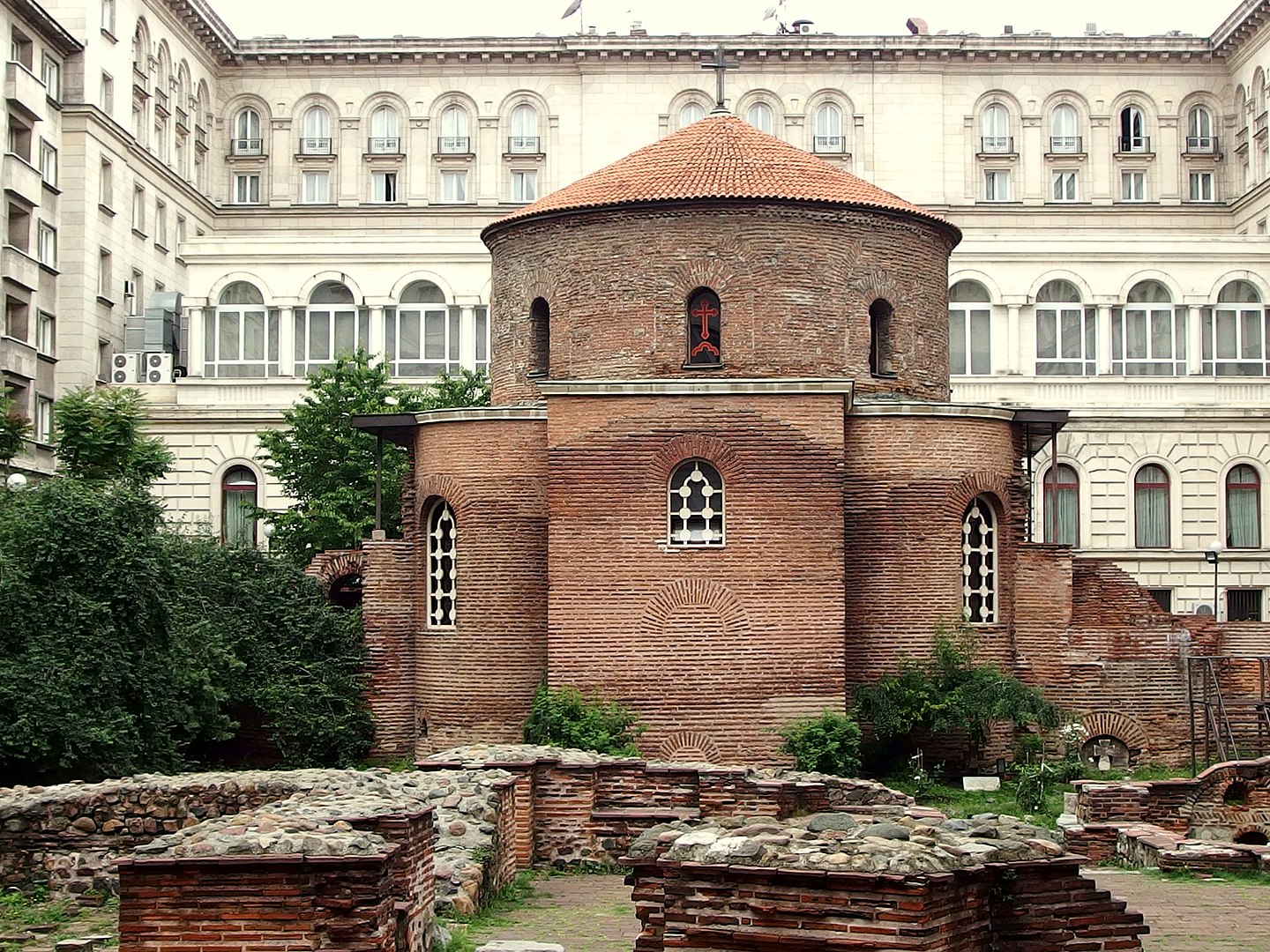
Bjernede Kirke
Romanesque church
Denmark
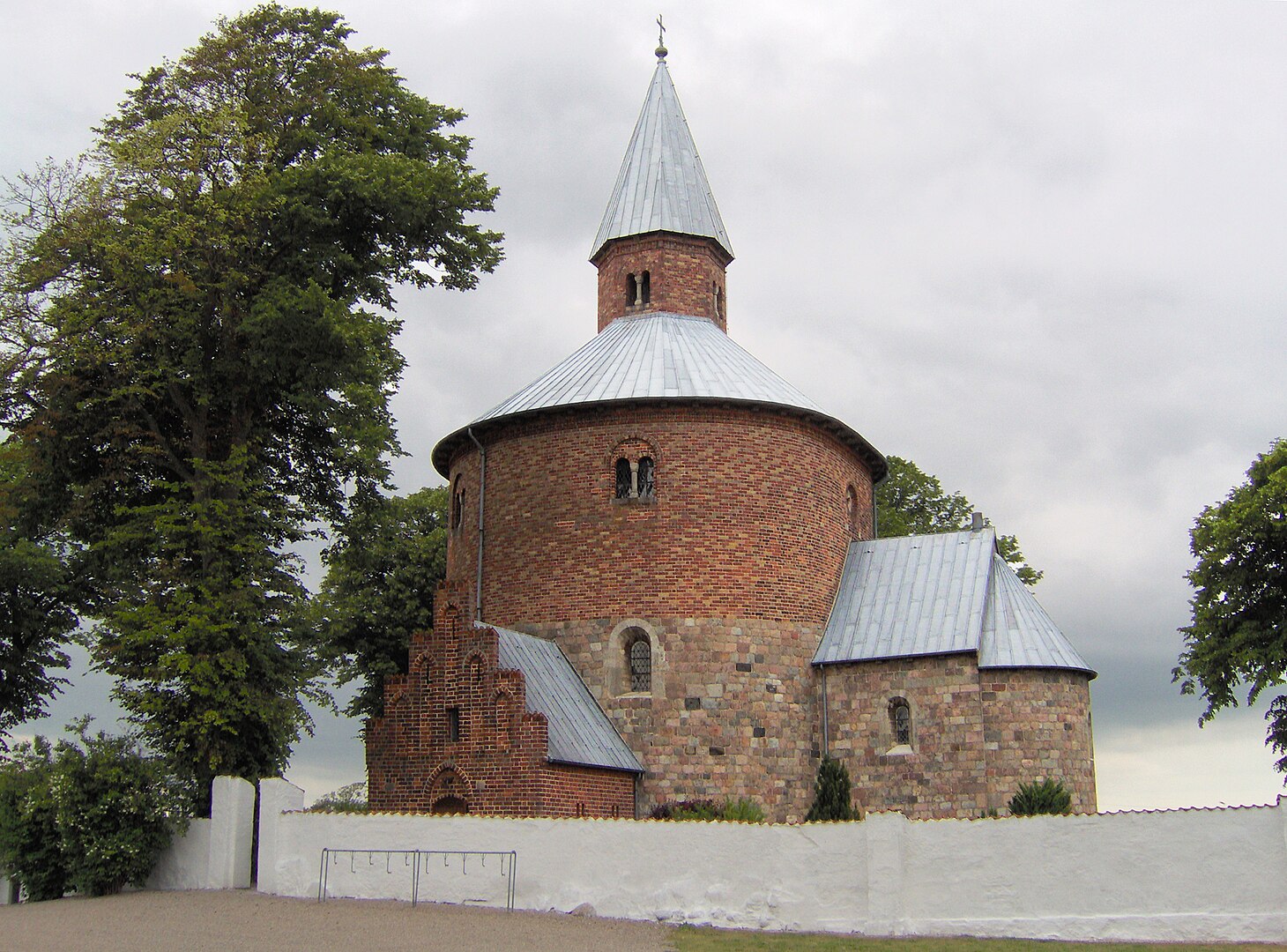
Temple Church
London
